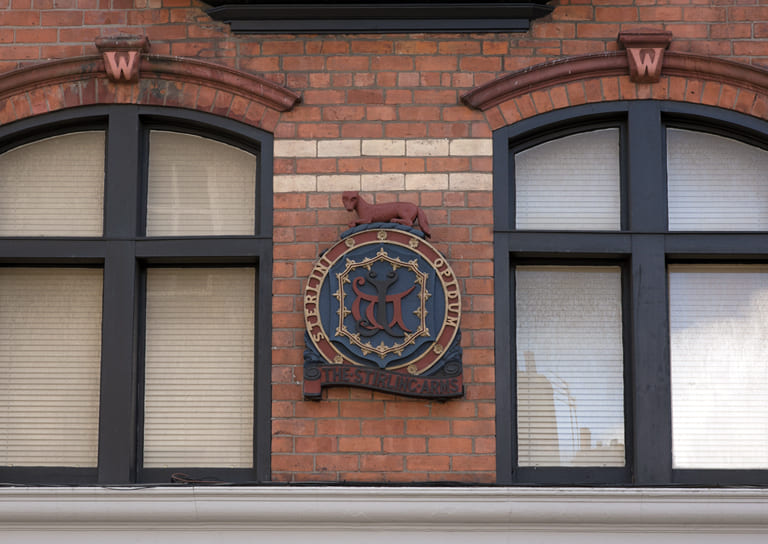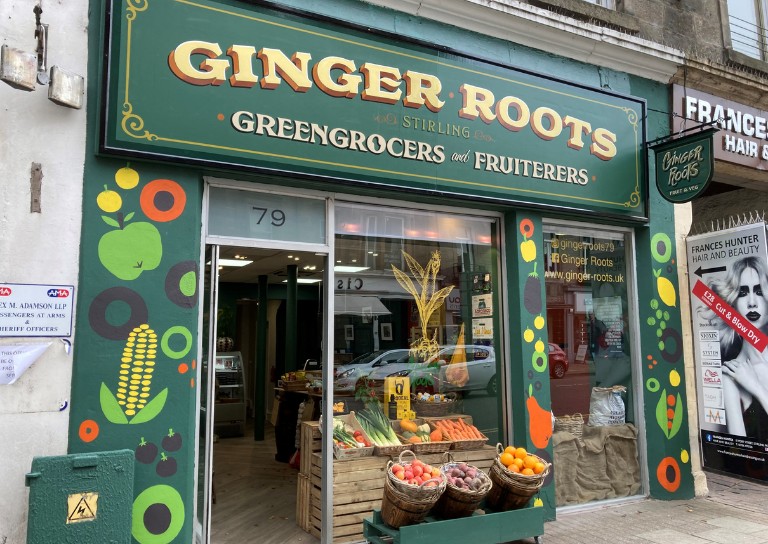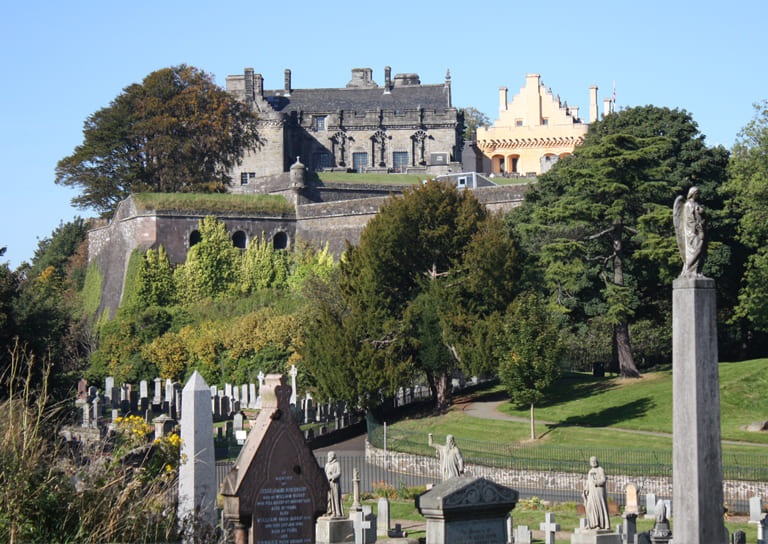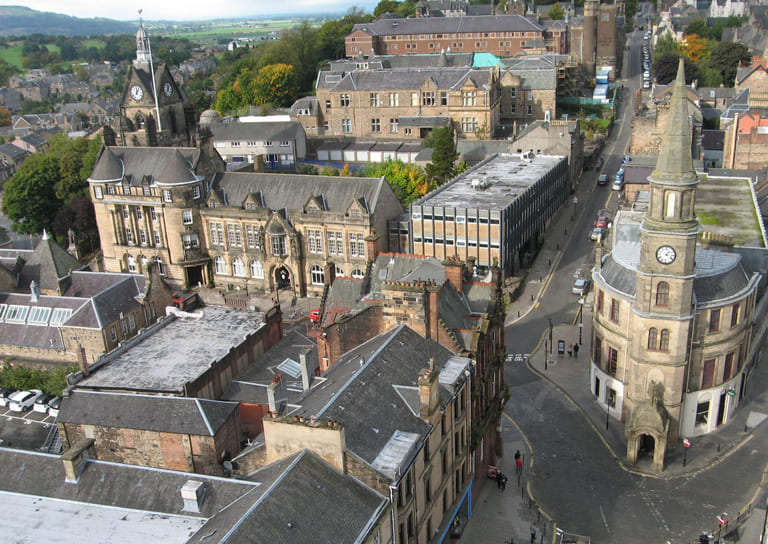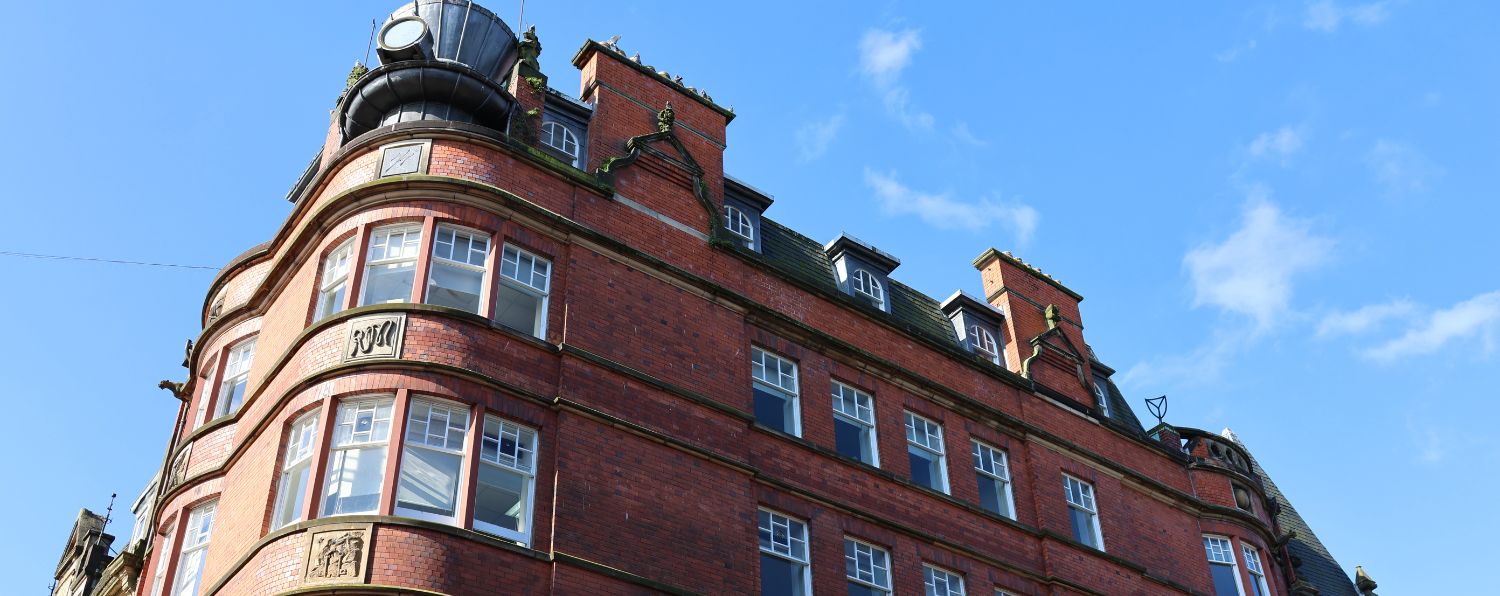- Home
- Our Work

- Stirling's Story

- Blog
- Women in Construction at Bannockburn House

- Avenues to the Past: Stirling’s Historic Streets Exhibition
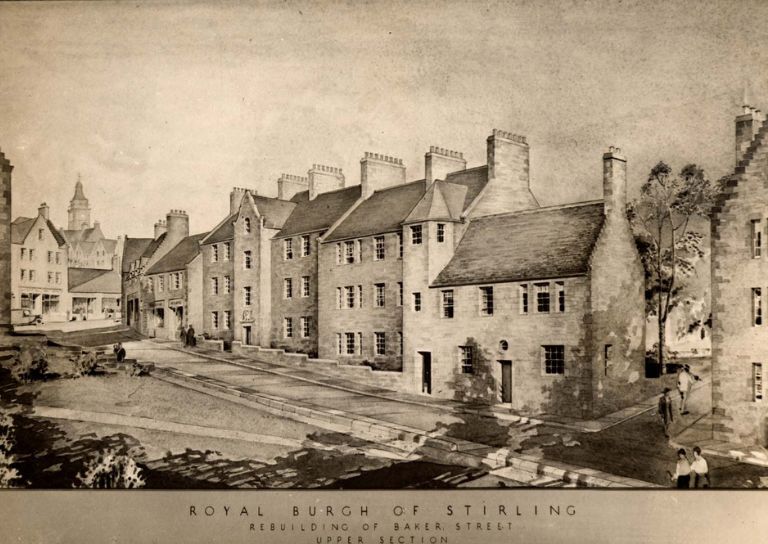
- Stirling Business Awards 2025

- What is a Conservation Area

- 20 Great Buildings of Stirling
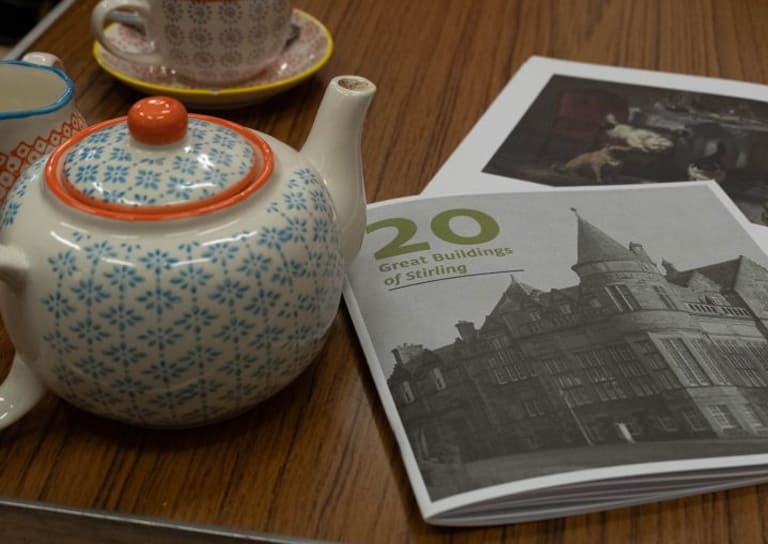
- Reminiscence Art Project
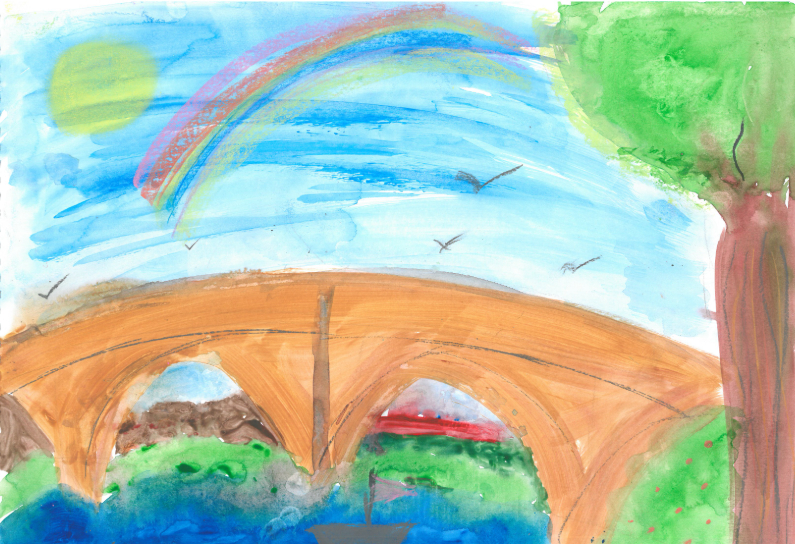
- On the European Stage: Preserving by Maintaining conference, Bratislava

- The Abolition Movement in Stirling
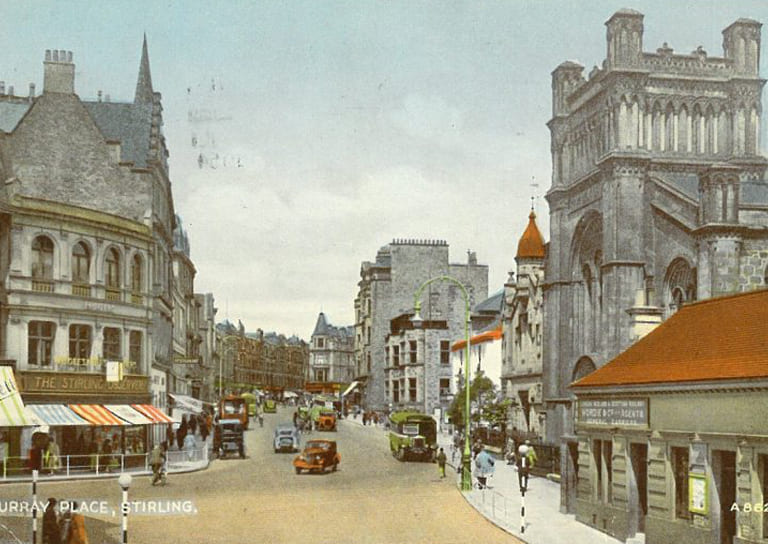
- Practical Workshop on Retrofitting Insulation with A. Proctor Group

- Walker Family Visit

- Ghost Tales from Stirling

- Snowdon House and The West Indies

- Stirling’s Streetscape Stories: Photography Workshop
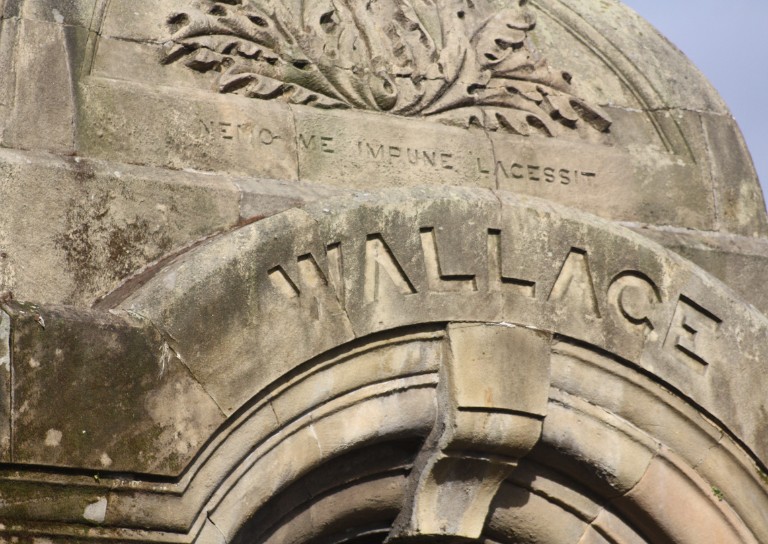
- Stirlingshire’s Highland Games
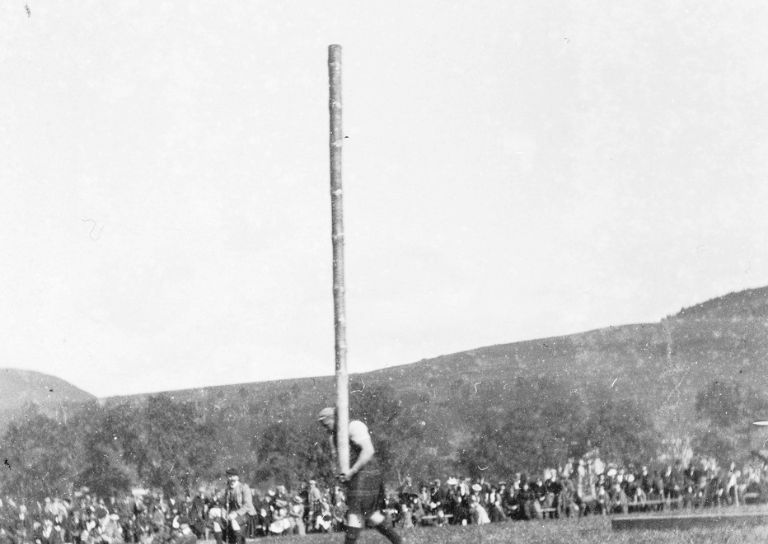
- Creative careers in the heritage sector

- Postcards From Stirling
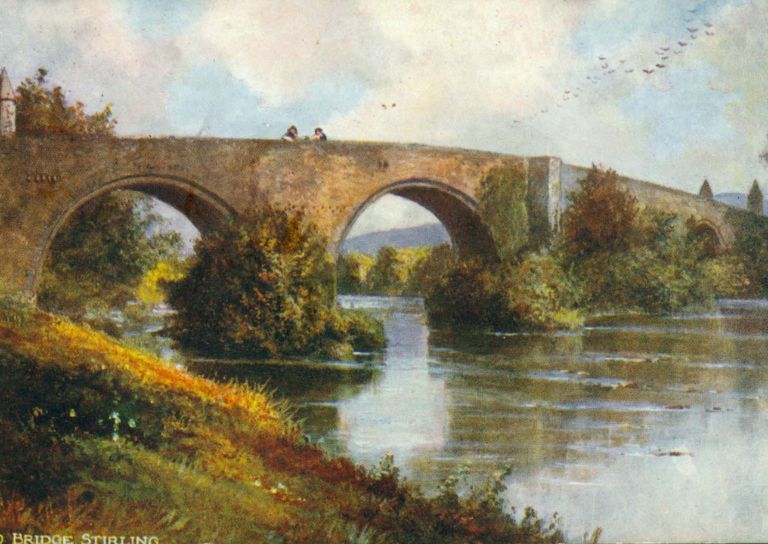
- Stirling’s Gala Days

- Building Surveying Student Intern at Stirling City Heritage Trust
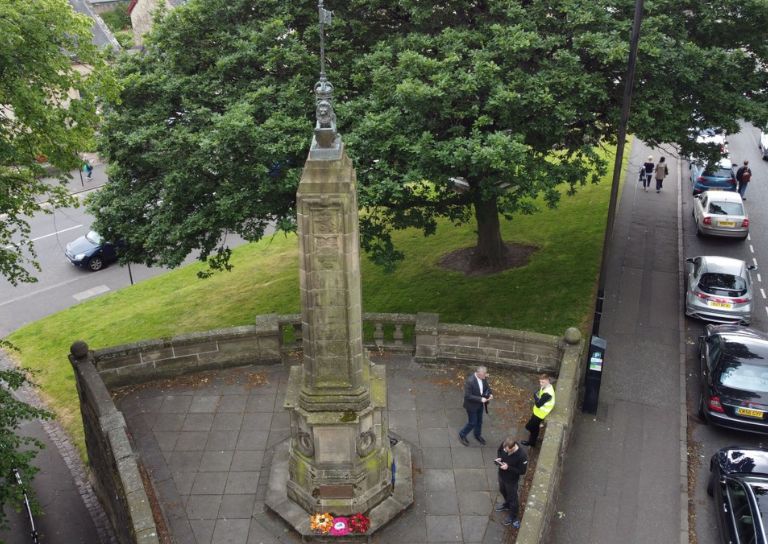
- Heritage Trail: Stirling Walks
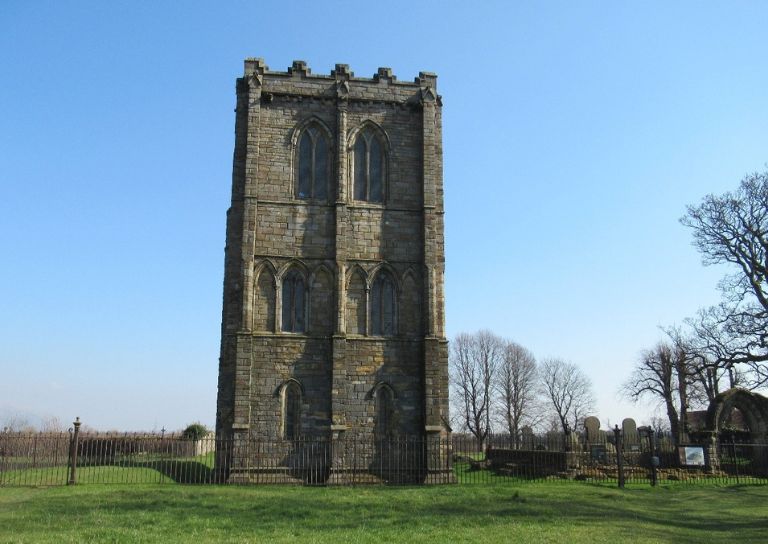
- Local History Resources

- Stirling Through the Decades
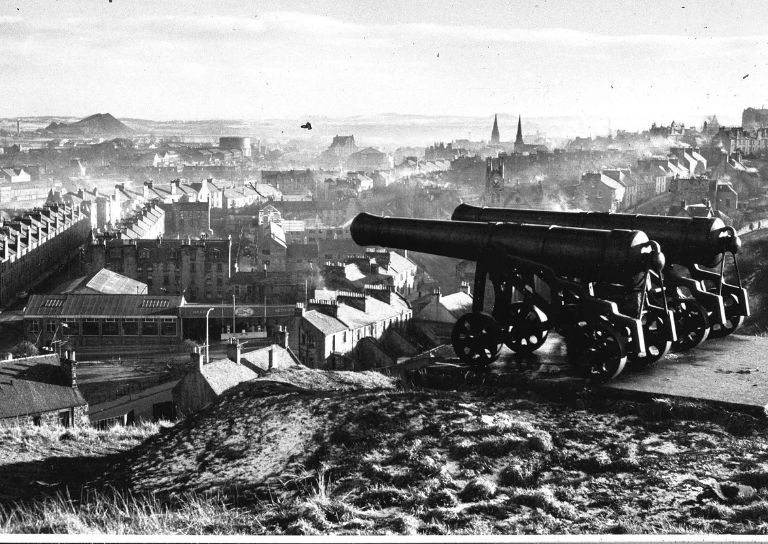
- Stirling’s STEM Pioneers

- Traditional Skills: Signwriting

- Christian MacLagan, a pioneering lady, but born too soon?

- Traditional Shopfronts in Stirling
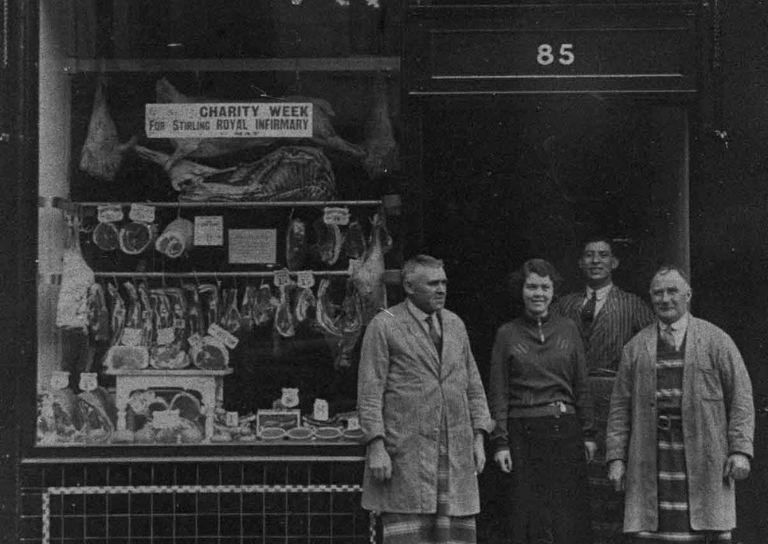
- Stirling History Books for World Book Day
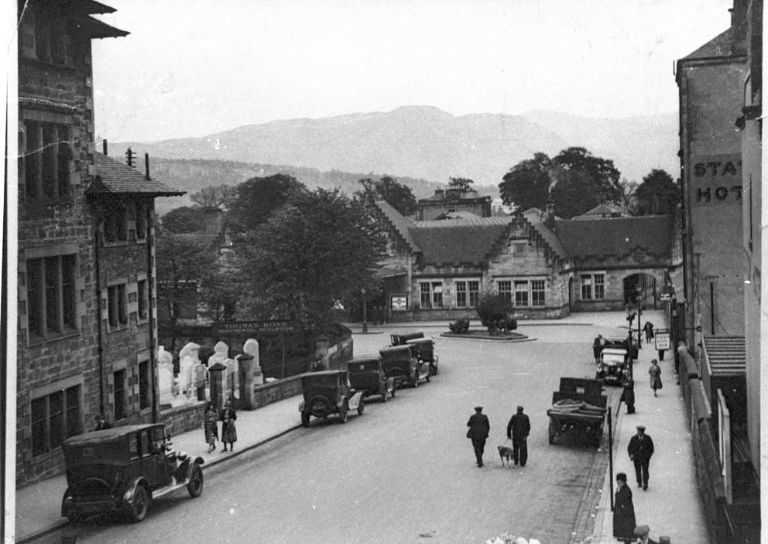
- My Favourite John Allan Building by Joe Hall

- My Favourite John Allan Building by Lindsay Lennie

- My Favourite John Allan Building by Andy McEwan

- My Favourite John Allan Building by Pam McNicol

- Celebrating John Allan: A Man of Original Ideas

- The Tale of the Stirling Wolf
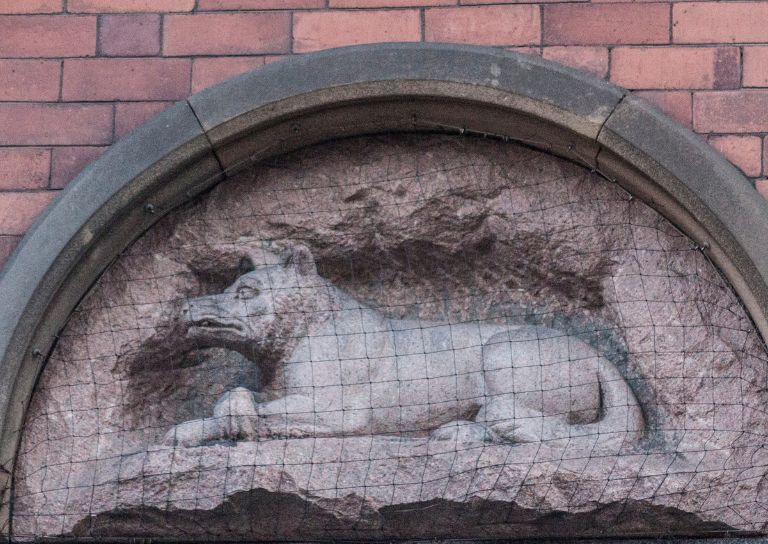
- Stirling: city of culture

- Christmases Past in Stirling

- Stirling’s Historic Graveyards

- Top 10 Tips for Architectural Photography

- An Interview with David Galletly
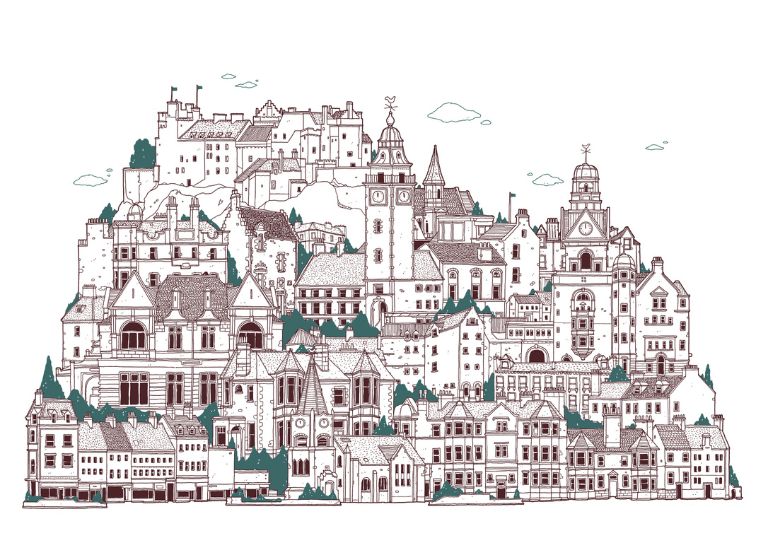
- Springtime in Stirling
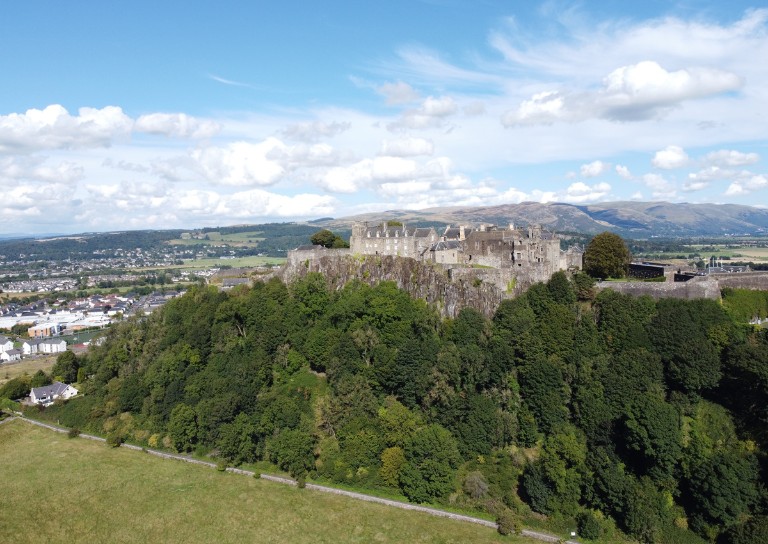
- The Kings Knot – a history

- A Future in Traditional Skills

- Robert Burns’ First Trip to Stirling

- Stirling’s Witches
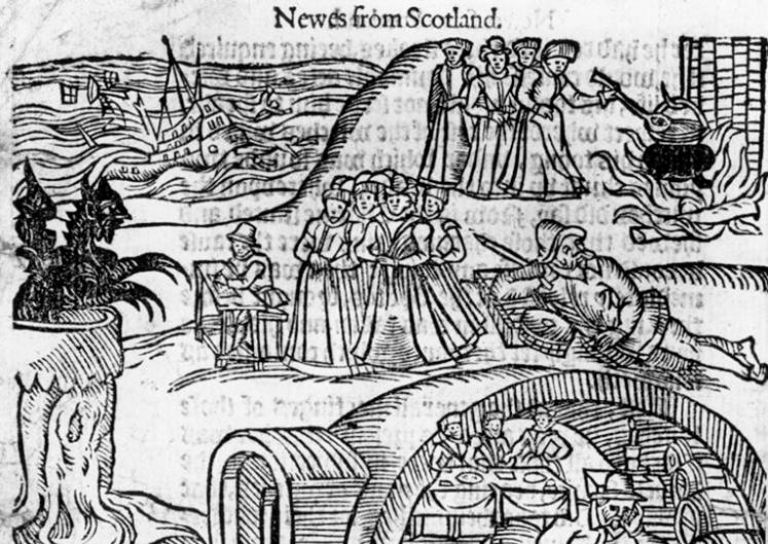
- Stirling’s Ancient Wells
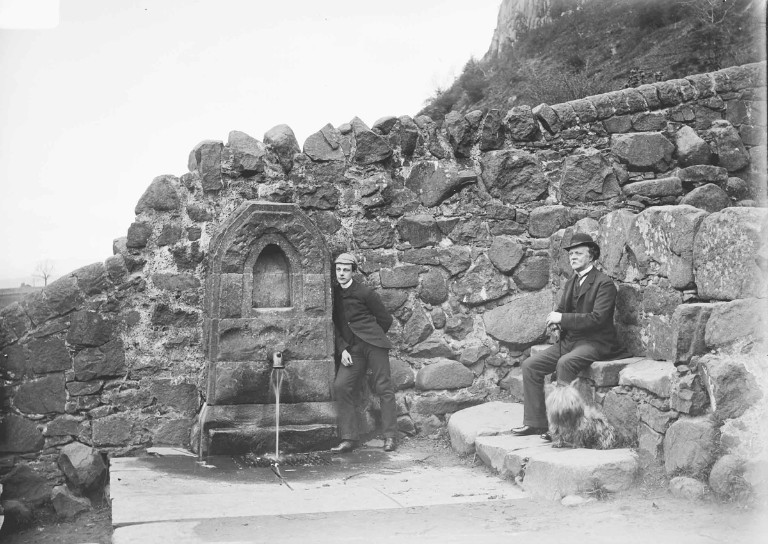
- An architecture student’s take on the City Of Stirling

- Ronald Walker: Stirling’s Architect

- Stirling’s Statues

- Stirling’s Wee Bungalow Shops
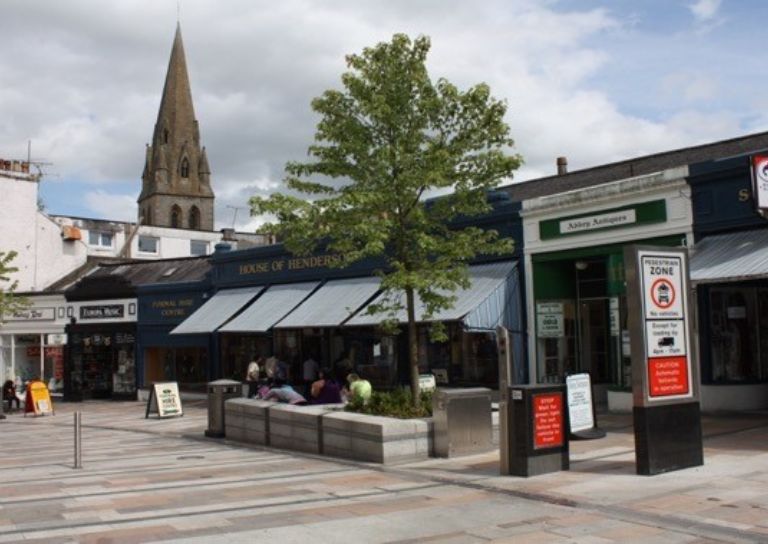
- Stirling’s Historic Hospitals

- Women in Digital Innovation and Construction
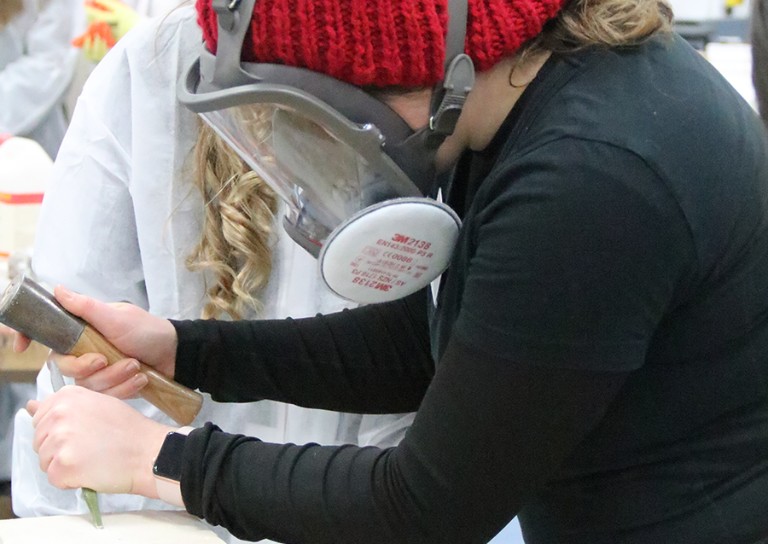
- Heritage at home: 8 of the best online heritage resources

- Stirling featured at virtual heritage conference

- Five of Stirling’s greatest John Allan buildings
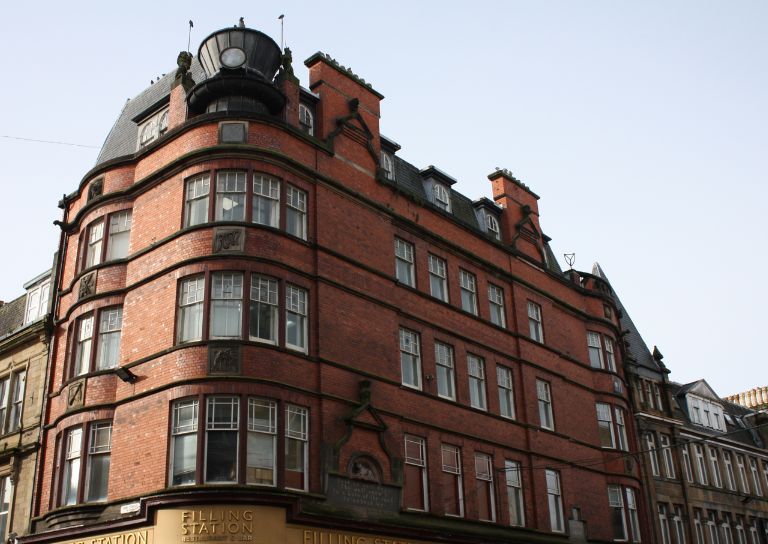
- Women in Construction – Stirling event report

- Scotland’s trailblazing women architects

- Stirling’s Heritage: Spotlight on The Granary
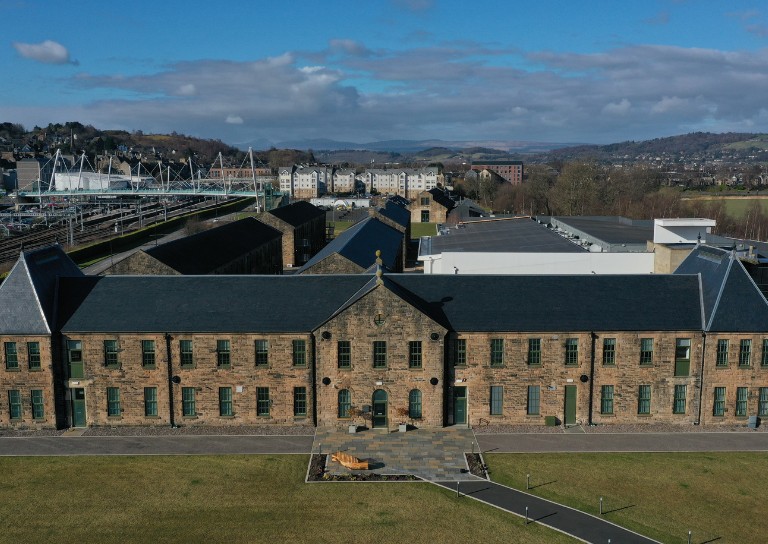
- TBHC Scheme now open to properties in Dunblane and Blairlogie

- How drones help us inspect traditional buildings

- Hazardous Masonry & Masonry Falls
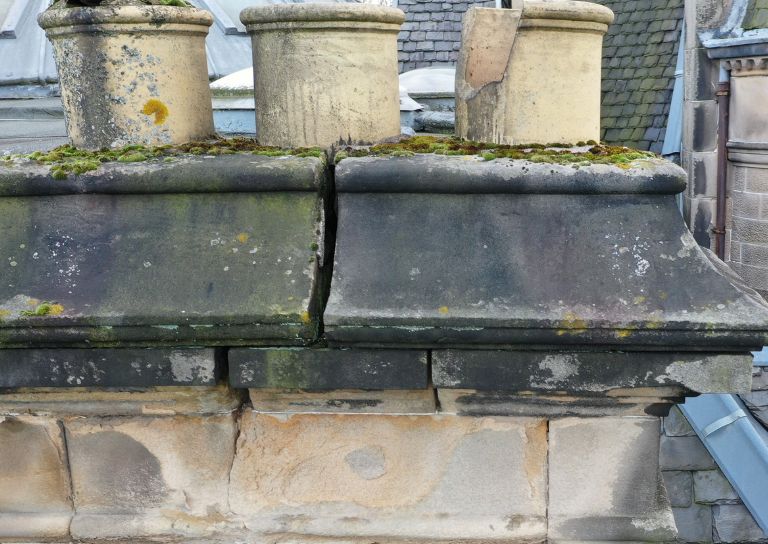
- Mason Bees: What’s the Buzz?

- Stirling Traditional Skills Demonstration Day Success!

- Floating Head Sculpture at Garden Glasgow Festival 1988
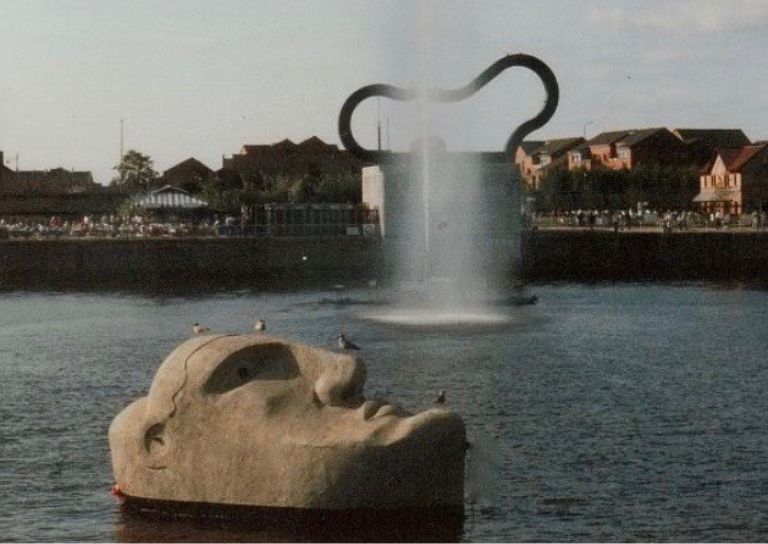
- The story behind Paisley Abbey’s Alien gargoyle
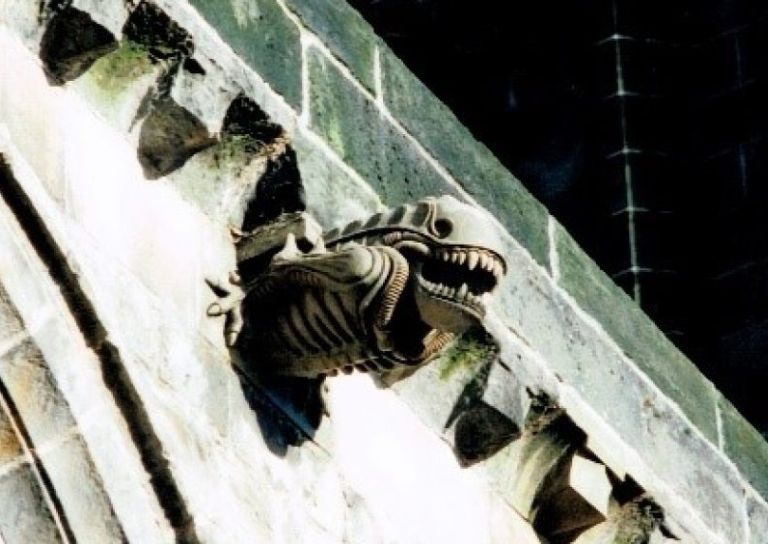
- Cambuskenneth Abbey

- Stirling City Heritage Trust Publications

- Sharing Memories: Taking '20 Great Buildings of Stirling' into the community

- William Wallace Statues In Stirling

- Coronations and Royal Christenings in Stirling
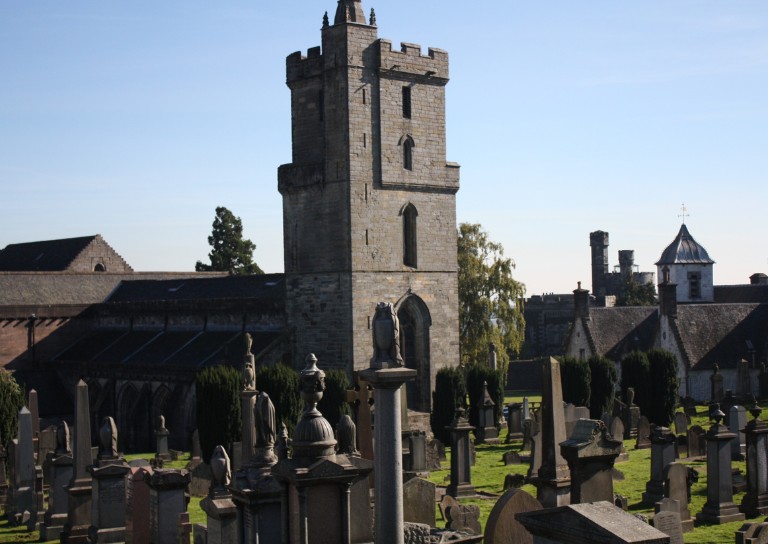
- The development of King's Park

- Energy efficiency project awarded grant from Shared Prosperity Fund
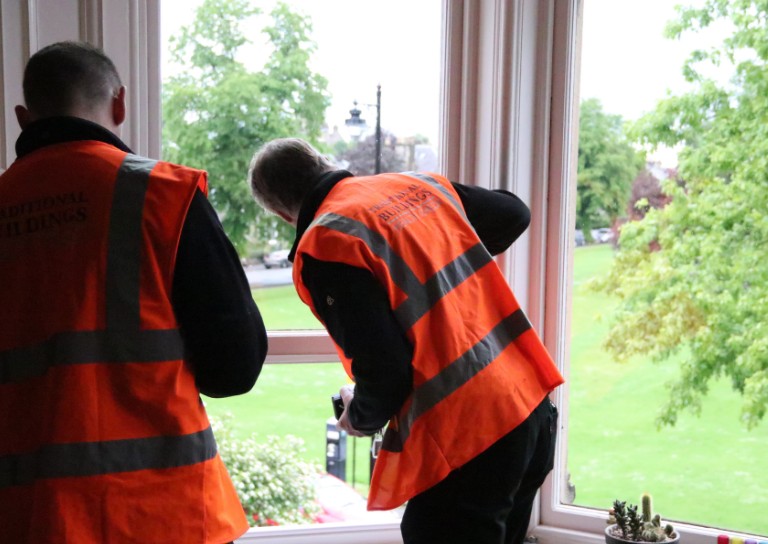
- Inspiring the Future: Stirling City Heritage Trust's Women in Construction Event at Wallace High
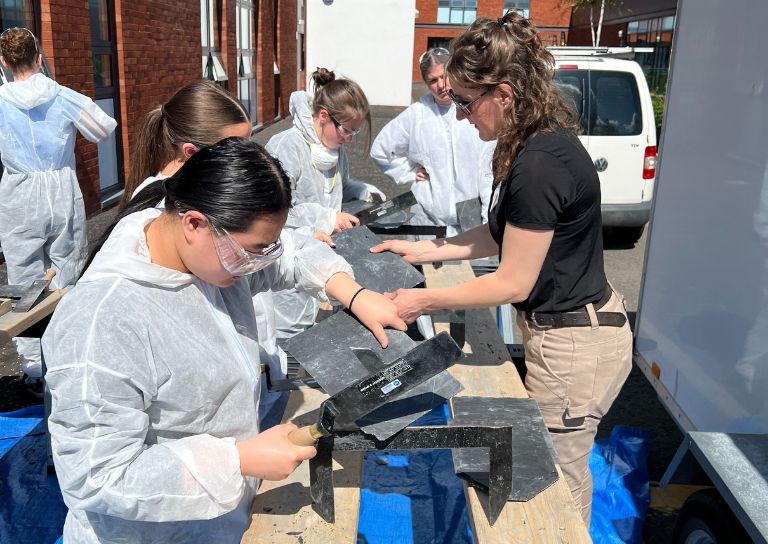
- Doors Open Days Talk: Who Built Stirling?
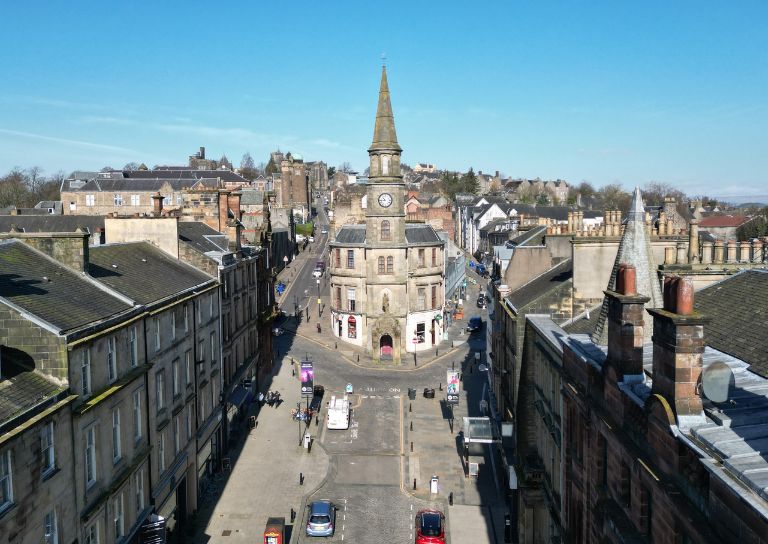
- 10 Years of the Traditional Buildings Health Check

- Growing up in Stirling: A Night of Reminiscence at The Smith

- SCHT visit to Brucefield Estate, Forestmill, Clackmannanshire

- Statement on Christie Clock

- Stirling’s Lost Skating Heritage
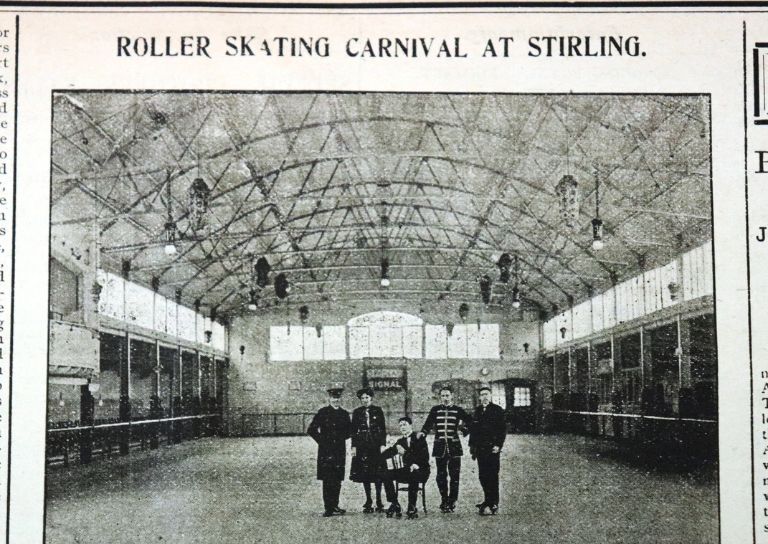
- Laurelhill House and the West Indies

- Beechwood House and the Transatlantic Slave Trade
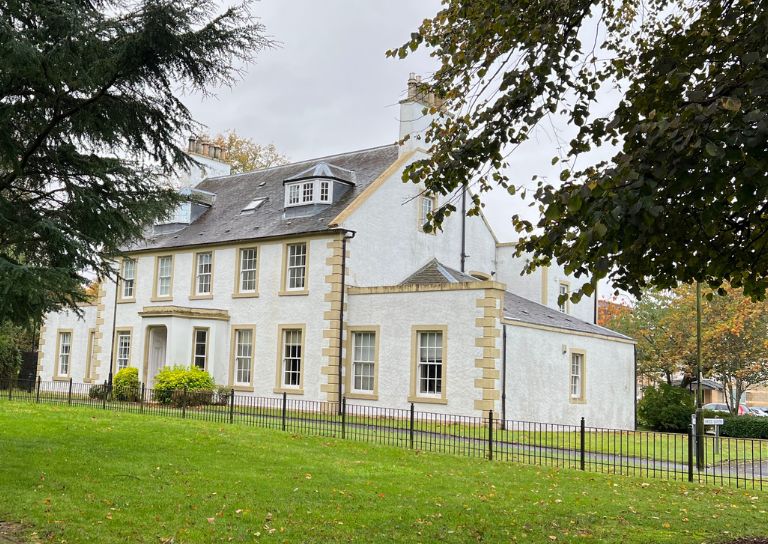
- Retrofitting Traditional Buildings
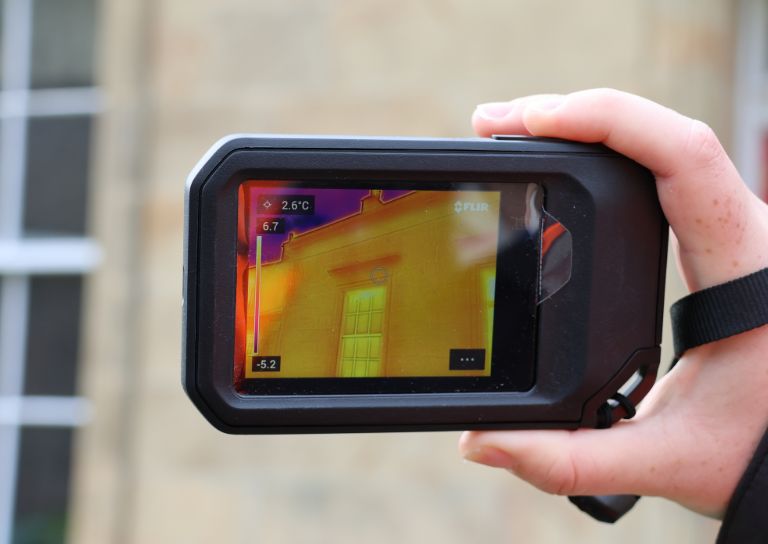
- Building Resilience: Maintaining Traditional Buildings
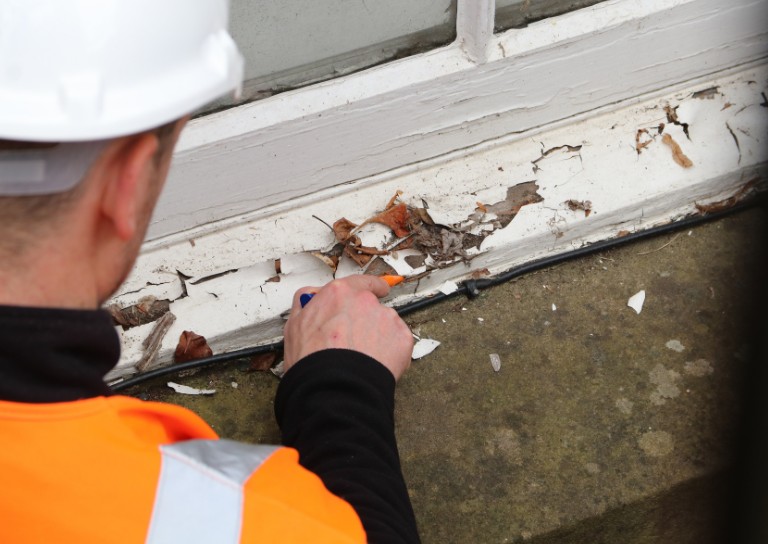
- Shopping Arcades

- Retrofitting Traditional Buildings: Fabric First
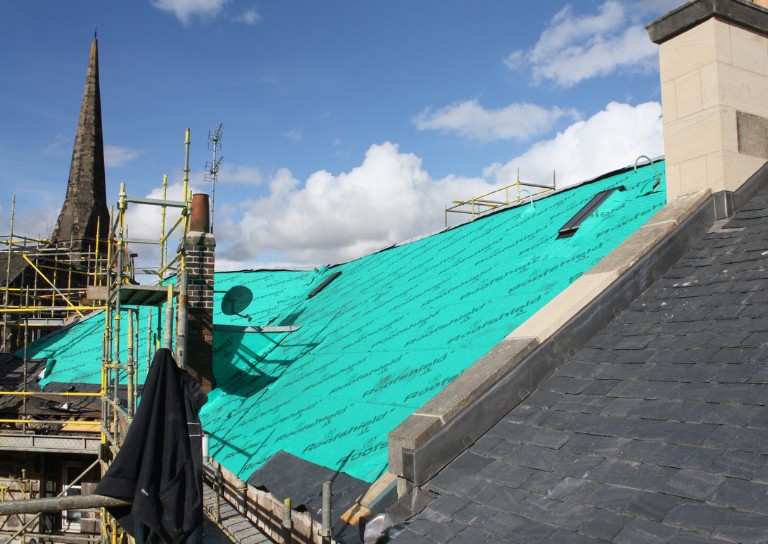
- Stirling Reminiscence Box

- Level 3 Award in Energy Efficiency for Older and Traditional Buildings Retrofit Course (2 Day)

- New Retrofit Service now available for Traditional Buildings Health Check Members

- Retrofitting Traditional Buildings: Windows
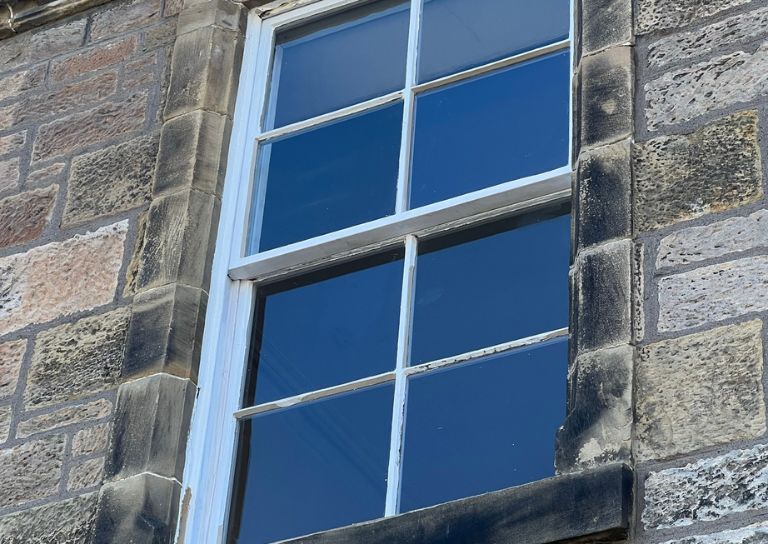
- Architects and The Thistle Property Trust

- Retrofitting Traditional Buildings: Insulation

- Stirling City Heritage Trust at 20

- Miss Curror and the Thistle Property Trust

- Retrofitting Traditional Buildings: Chimneys
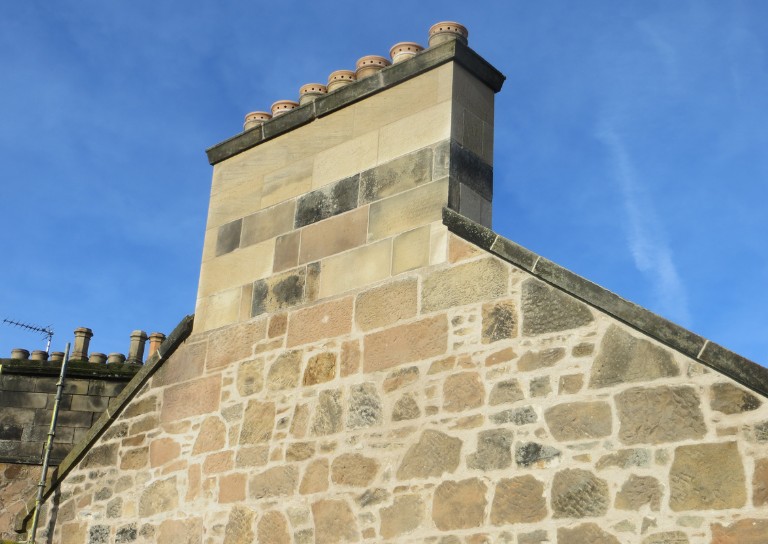
- Statement on Langgarth House

- World Heritage Day: Exploring Hayford Mill

- Retrofitting Traditional Buildings: Climatic Adaptation
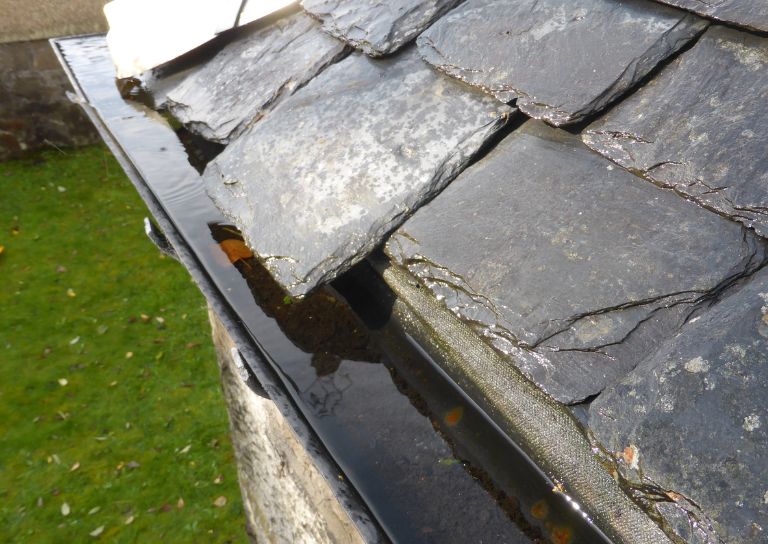
- SCHT 20: Championing Women in Construction

- Guest Blog: Dementia Friendly Heritage Interpretation

- Community Consultation launched for Stirling’s Heritage Strategy

- Stirling's Lost Swimming Pools
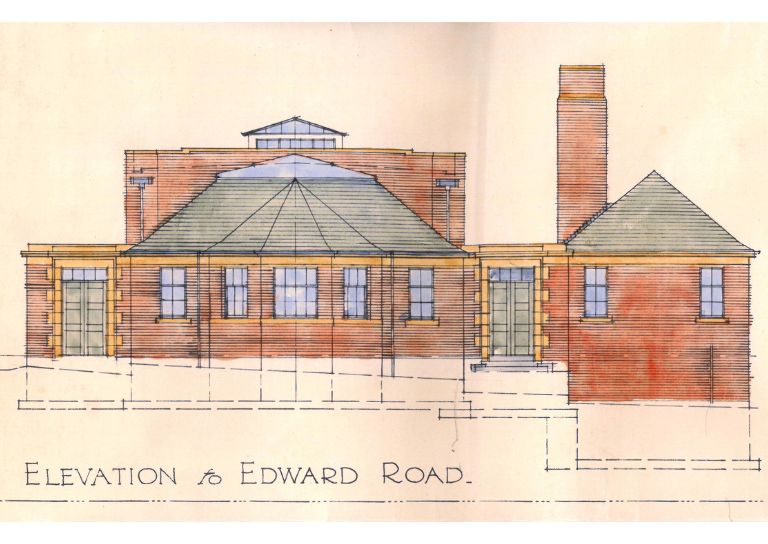
- SCHT Grant Conditions: Owners Associations
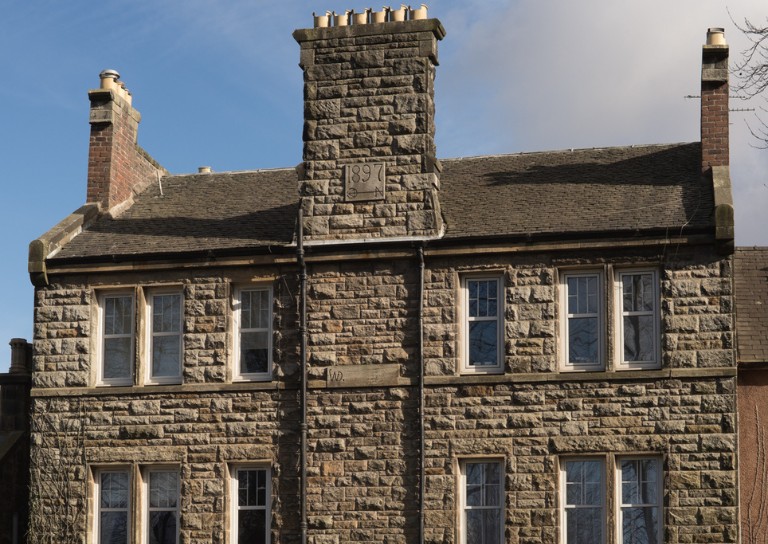
- Kings, Wolves and Drones: 20 years of care and repair at Stirling City Heritage Trust

- SVE Inspire Awards September 2024

- Women in Construction at Bannockburn House
- About Us

- Support Us
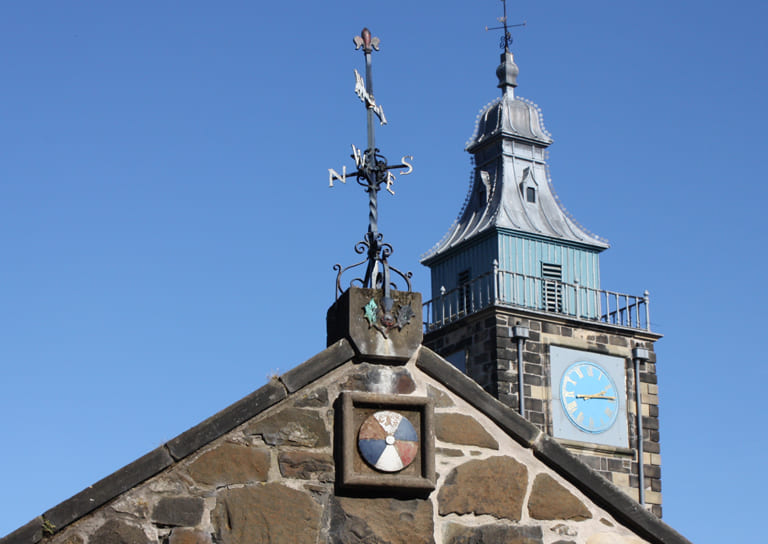
- Contact

Designed by Stirling architect John Allan in 1897 for grocers Robertson & MacFarlane. It is an early example of a partially steel framed building.
Sitting on the corner of Dumbarton Road and Port Street, the Wolf Craig is one of the many buildings around Stirling that has a tribute to a local legend, the Stirling Wolf. The legend tells of how Stirling was saved from Viking raiders by a howling wolf which alerted the sentry to the impending attack.
The Wolf Craig building was designed in 1897 by Stirling architect John Allan, created as a grocer’s emporium for Robertson & MacFarlane. The building reflects Allan’s enthusiasm for the history of Stirling, new architectural techniques and symbolism.
The design makes extensive use of steel, a material which was still considered to be experimental in the last decade of the 19th century. The first steel-framed building in Scotland may have been the Scotsman building in Edinburgh, designed by Dunn and Findlay in 1899. The Wolf Craig even had its own electricity generator, the first retail building in Stirling to be lit by electricity.
The external design is striking. The five storeys of Welsh Ruabon brickwork sit below a lead-covered ‘cup and saucer’ dome. On the Dumbarton Road elevation, next to John Allan’s signature, you can find a carved wolf.
There are also nine mysterious panels across the building. Some are more easily interpreted than others; the letters as a swirling rope, R and M for the owners of the building; and the Castle Rock and Stirling Bridge with two keys. Other panels are harder to decipher and make the building even more intriguing.



